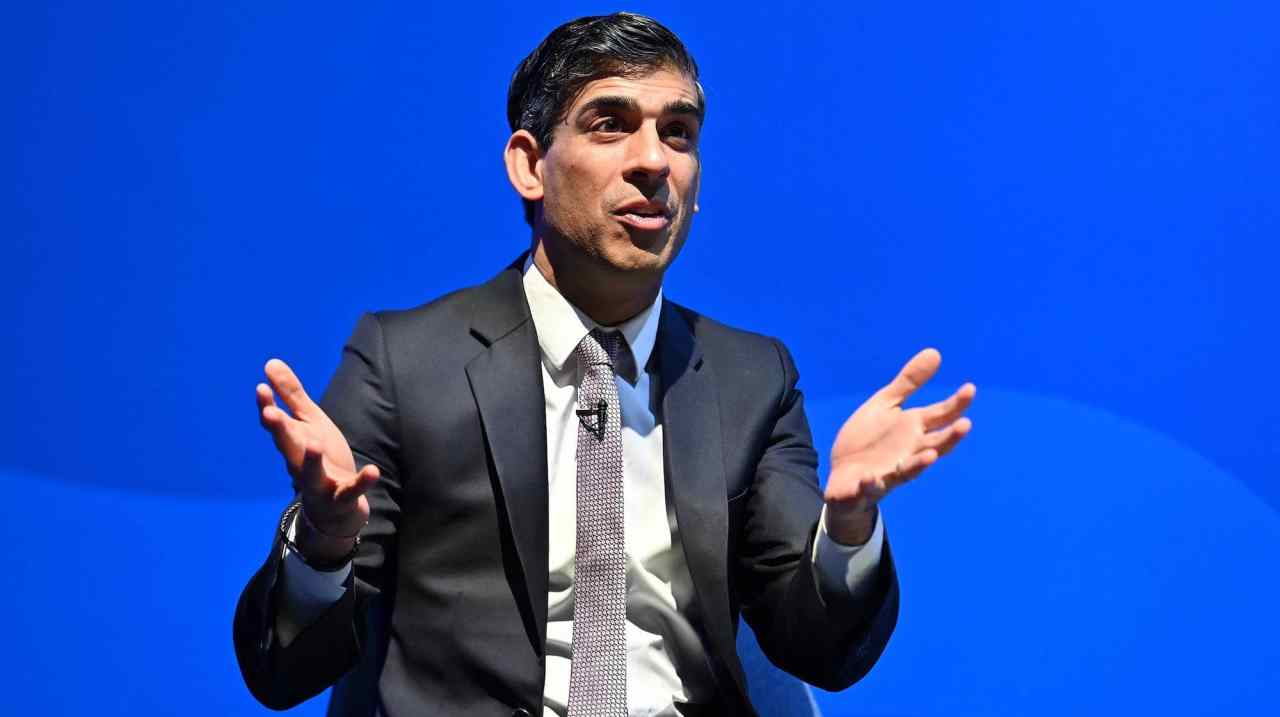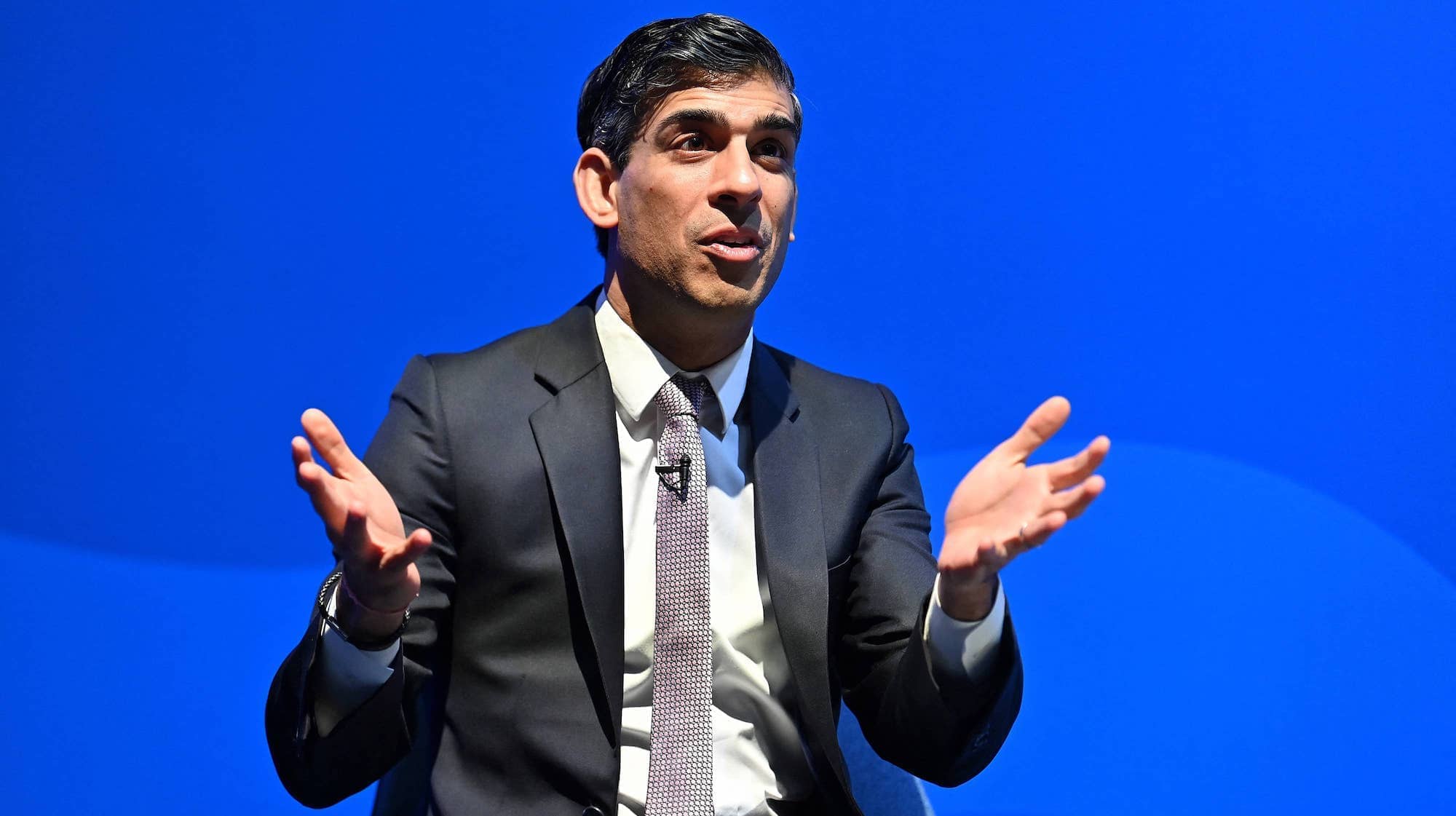Here’s the Rishi Sunak paradox: he proudly defines himself as a low-tax Tory but under his watch taxes are reaching a 71-year high. There are plenty of Tories who want to ditch next month’s National Insurance increase but Sunak is firmly opposed – mainly because he wants to link up in people’s minds that more money for the NHS and social care doesn’t manifest out of thin air.
But pressure is on at tomorrow’s spring statement to make clear what kind of Chancellor he really is. Does he come from the long line of Tories who like tax cuts in theory but not in practice – or does he have another agenda?
Sunak’s starting position is that to cut tax, you need to restrain spending. For the Chancellor, it’s a simple point about trade-offs. Splurging first and worrying later is, he thinks, fundamentally unconservative. So he has been dead against deficit-financed tax cuts. When Liz Truss spoke up in favour of them in cabinet, he countered. In his Mais lecture last month, he identified as a Thatcher-Lawson Tory, in that the tax cuts must come, but only when the public finances are under control.
This occupies a certain place in Tory politics. Sunak follows David Cameron and George Osborne who also identified as Thatcher-Lawson Tories and who used this language to define themselves against the ‘Reaganite’ logic of those (then MPs like David Davis) who wanted to cut taxes before tackling spending. ‘Stability before tax cuts’ was Osborne’s line. His opponents countered that until taxes were lowered, he could forget about stability. Much has changed in the past few years, but suffice to say that this argument continues.
£26 billion is no insignificant sum, but it’s being eaten up by forces out of Sunak’s control
Sunak says that his approach – only cut taxes when you can be sure it’s affordable – makes him a more credible tax-cutter. After all, what is debt if not delayed taxation? But pressure is growing for the Chancellor to act now: to cut taxes to ease the growing cost of living squeeze, but also to make good on his promise to fellow MPs after last year’s October Budget. You might say Sunak established himself a golden rule: that, from here on out, ‘every marginal pound we have should be put into lowering people’s taxes’. But how to interpret this? What, precisely, is a marginal pound?
Sunak is estimated to have about £26 billion of ‘fiscal headroom’ because of higher-than-expected tax receipts and lower-than-expected borrowing, based on the Office for Budget Responsibility’s last forecast. It could be seen as an unused overdraft: money that can now either cut taxes or go easy on the National Insurance hike. It feeds speculation that Sunak may slash fuel duty or raise the threshold at which workers start paying the new National Insurance levy to relieve the lowest paid of the new tax.
Of course, this would not be a tax cut funded by a sustainable funding stream, but rather one funded by borrowing; in other words, a tax cut that contributes to the UK’s deficit. The argument that tax cuts can help spur on growth, ultimately leading to higher revenue, can be a powerful one. But it requires the government to simultaneously combine tax cuts with pro-growth policies – almost all of which have quickly been shut down under the Johnson administration, the most obvious example being planning reform.
Sunak, for his part, does not think of himself as having £26 billion to play with. Yes, borrowing has been lower than expected. But debt interest has been a lot worse due to inflation (UK debt is heavily linked to RPI, making us especially vulnerable to payment hikes). February’s payments, out today, hit £8.2 billion, up nearly £3 billion from the year before and up almost £2 billion from the previous month.
These payments are out of the Treasury’s control: as inflation and rates rise, so do the payments Sunak needs to make to service the debt: major costs that don’t get us anything new, but simply pay off what we’ve already spent. And they’re adding up quickly. Dedicating a significant portion of his fiscal headroom to tax cuts now leaves the public finances increasingly vulnerable to more rate rises down the line.
Sunak has been acutely aware of these stealth costs since the start of the Covid crisis, being one of the only politicians to warn against inflation well before it hit. However, if he slices up his fiscal headroom, expect him to take these payments into account.
It’s a reminder that there is only so much wriggle room for the Chancellor. £26 billion is no insignificant sum, but it’s being eaten up by forces out of his control. So whatever support the Chancellor decides to give – whether it be subsidies or spending cuts – he’ll have to do in moderation.
Perhaps the real test tomorrow is whether or not there will be a spending splurge. Will the ‘headroom’ be used – not to reduce the tax burden – but to increase, say, military spending? Sunak was clear in his golden rule: ‘extra marginal pounds’ will no longer be used to swell the size of the state. Quite a promise. Tomorrow, we will see if he sticks to it.








Comments